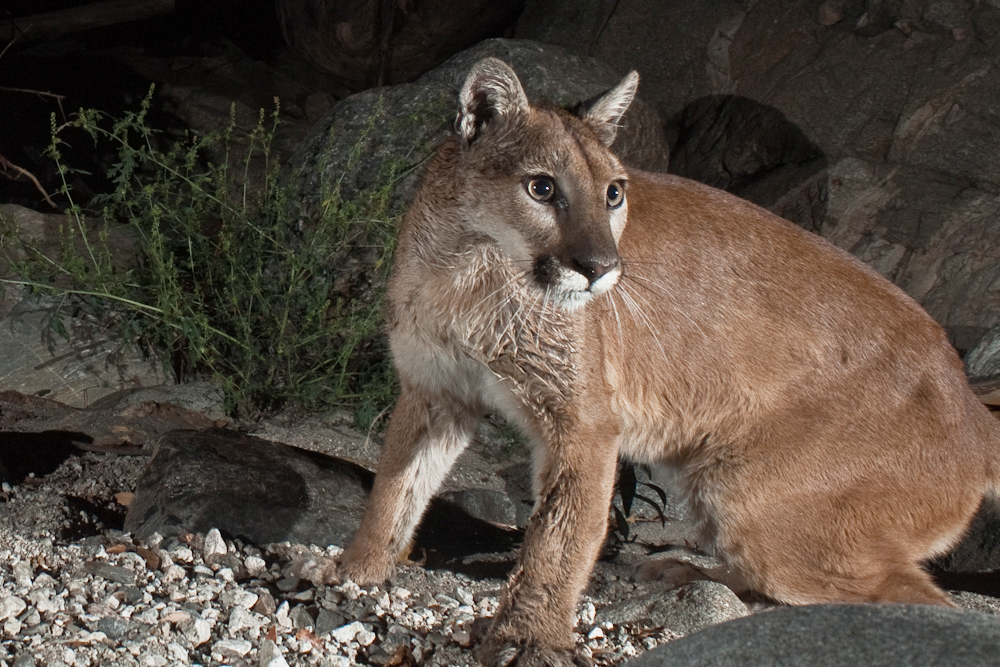
Call them cougars, mountain lions, or pumas, but one sad fact remains: these big cats used to be one of the most widely distributed land mammals on the face of the Earth, found from the Atlantic to Pacific Ocean, and from the tip of Northern British Columbia to Chile.
‘Humans changed all that,’ says Michelle LaRue, research associate at the University of Minnesota and the executive director for the Cougar Network, a non-profit research association. ‘Europeans settlers saw them as pests, and by the 1900s or so they were pushed out of their eastern and midwestern ranges in the United States, and into more rugged, isolated western terrains.’
LaRue has been following the predatory kitties’ saga since her master’s degree at the Southern Illinois University Carbondale back in 2005. Over the past two decades people have been spotting cougars, first in the Black Hills of South Dakota, then North Dakota and Nebraska.
Around 800 were recorded between 1990 and 2015.
Rue explains that plenty of cougar carcasses have been collected and studied, but they were almost exclusively males. That’s likely because males disperse, forced from the pack as young adults and made to find new home ranges of their own. Females, on the other hand, can stick around their mums their whole lives. And when they do decide to head out on their own, they usually don’t go far.
But just observing the males of a population leaves big information gaps. ‘The reason is as basic as it gets,’ says LaRue. ‘You need females to procreate, to persist at all.’
LaRue, with help from Southern Illinois and Minnesota University researchers, decided to take the past 40 years of demographic info, data like how many kittens per litter were born and how long they lived, and expand it to cougar-friendly habitat stretches in the region previously plotted. Looking at both hunting and non-hunting scenarios, they concluded that based on the biological information alone, cougars could start reclaiming patches of Arkansas, Missouri, more of Nebraska, and maybe even Minnesota, in addition to keeping up their current Midwest newcomer populations.
This is happy news, it means western populations are growing, likely with the advent of western hunting regulations in the 1960s, and forcing more youngsters east. But there’s one major factor they couldn’t account for, and unfortunately, it could be the most important one.
‘We didn’t take into account the impact of humans,’ says LaRue. People are often still scared by the big cats, because of their big teeth, claws, and such, but the truth is very, very few people have ever had a bad experience with a cougar. She says even if you’re in the woods with the cat you’ll probably never even catch a glimpse—they’ll see you first and stay clear.
‘When we realized these big cats could be on the move, using little new populations like stepping stones to head east, our immediate concern was knowing where, when, and how they will get there,’ says LaRue. ‘We hope our study will be a tool for proactive state and federal conservation efforts, and changing public attitudes about the predator.’
